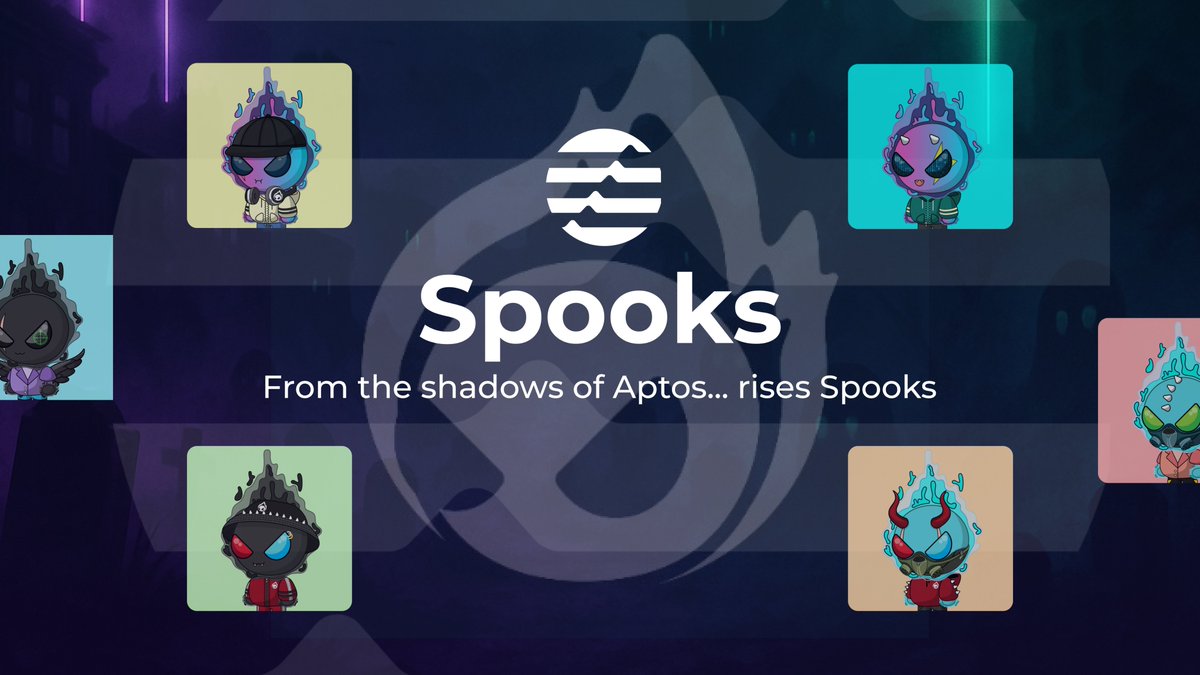Exploring Artificial Intelligence: A Comprehensive Look at Its Impact and Evolution
—
The Dawn of AI: Captivating Curiosity
Artificial Intelligence (AI) has transitioned from a sci-fi concept to a cornerstone of modern technology. Its pervasive influence spans daily conveniences to sophisticated problem-solving in diverse industries. But what exactly defines AI, and how has it evolved into this transformative force shaping our world?
At its core, AI refers to machines or software capable of performing tasks that typically require human intelligence—learning from data, recognizing patterns, making decisions, and even understanding natural language. This broad field encompasses sub-disciplines like machine learning, neural networks, natural language processing, and computer vision.
—
The Evolutionary Path: From Rule-Based Systems to Deep Learning
AI’s journey begins in the 1950s with rule-based systems: explicit sets of instructions dictating how a machine should respond to various inputs. These early systems laid groundwork but were limited by rigidity and inability to learn from experience.
The breakthrough came with machine learning, enabling computers to improve performance by detecting patterns in data without being explicitly programmed for every scenario. This shift parallels how humans learn—through exposure and adaptation.
More recently, deep learning—a subset of machine learning leveraging layered neural networks modeled loosely after the human brain—has propelled AI to unprecedented heights. Deep learning excels at processing unstructured data like images, text, and audio, powering innovations such as voice assistants, image recognition, and automated translation.
—
AI across Sectors: Revolutionizing Practices and Efficiency
The impact of AI resonates across almost every sector, each adopting tailored uses that exploit AI’s strengths.
Healthcare: AI assists in diagnosing diseases with greater accuracy, speeding up medical imaging analysis, and predicting patient outcomes. For instance, algorithms can detect cancerous cells in radiographs more reliably than some human counterparts, offering potential for earlier intervention.
Finance: Algorithmic trading, fraud detection, and risk management have transformed through AI-driven analytics. By scanning vast data streams in real-time, AI models predict market trends and identify suspicious activity rapidly and precisely.
Manufacturing: AI-powered robots enhance productivity and safety on production lines. Predictive maintenance anticipates equipment failures, minimizing downtime and costs.
Customer service: Chatbots and AI-powered assistants handle routine inquiries efficiently, freeing human agents to tackle complex issues. Natural language processing enables more natural, context-aware conversations.
Beyond these, sectors like education, agriculture, entertainment, and transportation increasingly harness AI’s potential for innovation.
—
Ethical and Practical Challenges: Navigating Complex Terrain
While AI’s promise is immense, its rapid expansion raises complex ethical and practical challenges.
Bias and fairness: AI systems learn from data generated by human behavior, which may inherently contain biases. Biased training data can result in discriminatory outputs—for example, in hiring tools or law enforcement applications—exacerbating systemic inequalities.
Transparency and explainability: Many advanced AI models, especially deep learning networks, operate as “black boxes” making decisions difficult to interpret. This opacity complicates trust, accountability, and regulatory compliance.
Job displacement: Automation threatens to disrupt traditional labor markets by replacing jobs requiring repetitive tasks. However, it also creates new roles focused on AI development, oversight, and ethical governance, requiring thoughtful workforce transition strategies.
Privacy concerns: AI’s hunger for data raises questions about consent, surveillance, and data security. Balancing innovation with individual rights demands robust frameworks.
These challenges call for multidisciplinary collaboration involving technologists, policymakers, ethicists, and society at large to shape responsible AI deployment.
—
The Road Ahead: Toward Collaborative Intelligence
Looking forward, AI is set to become more integrated, intuitive, and interactive. We anticipate advances in:
– Explainable AI: Developing models that communicate their reasoning transparently to users.
– Human-AI collaboration: Systems that enhance human creativity and decision-making rather than replace it.
– General AI ambitions: While current AI excels at narrow specialized tasks, the quest for versatile intelligence approximating human cognition continues, presenting scientific and philosophical frontiers.
– Regulation and standards: Crafting international frameworks ensuring AI benefits are maximized while harms are minimized.
AI’s future will likely be a story of synthesis: combining the strengths of humans and machines to unlock solutions to complex global problems—from climate change to personalized medicine.
—
Final Reflections: Embracing AI’s Dual Nature
Artificial Intelligence embodies a powerful duality: a tool capable of tremendous good and, if mismanaged, potential harm. Understanding its technical foundations while critically examining societal implications enables us to harness AI’s promise thoughtfully.
As AI systems grow smarter and more embedded in daily life, they invite us to reconsider what intelligence, creativity, and agency mean in the 21st century. Embracing this evolving landscape requires not just technical innovation but also wisdom, empathy, and broad engagement.
In navigating AI’s unfolding story, a balanced perspective that champions innovation alongside responsibility will serve as our compass, guiding us toward a future where humans and intelligent machines thrive together.

